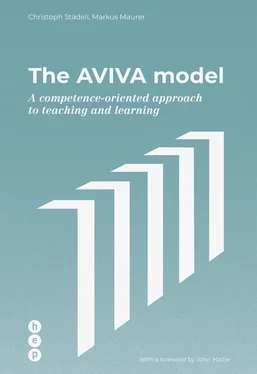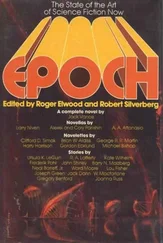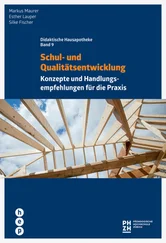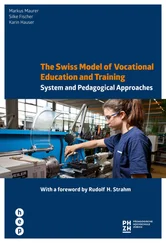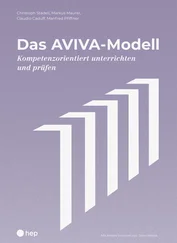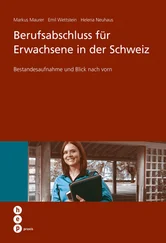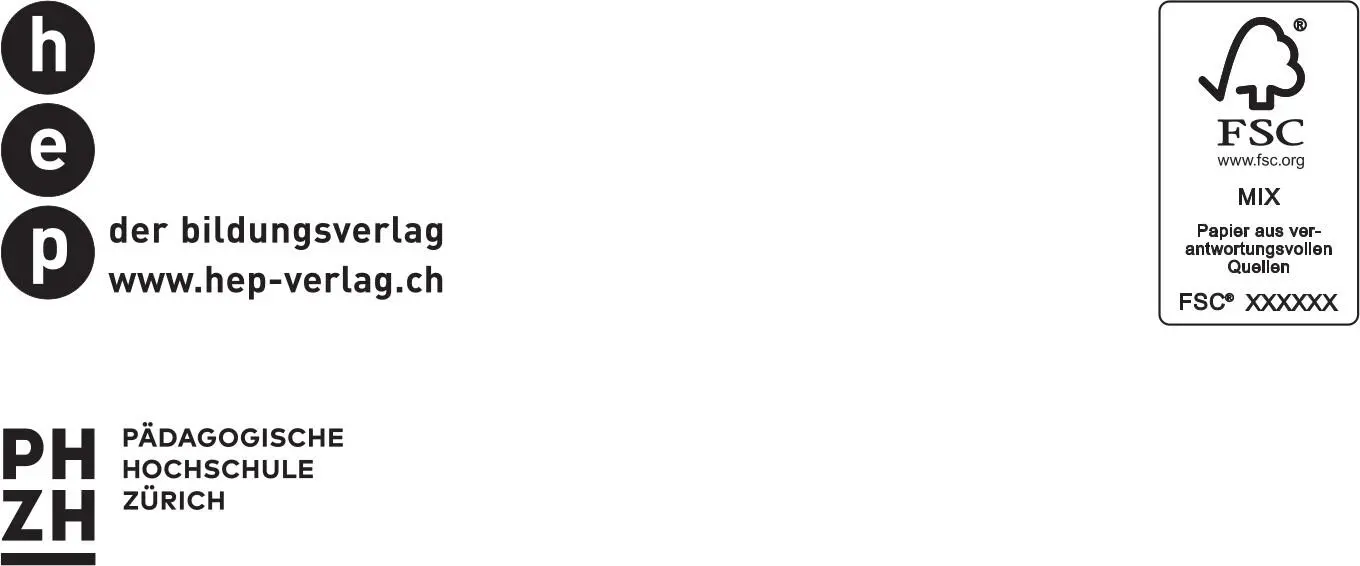
Christoph Städeli, Markus Maurer
The AVIVA model
A competence-oriented approach to teaching and learning
With a foreword by John Hattie
ISBN Print: 978-3-0355-1502-2
ISBN E-Book: 978-3-0355-1503-9
First edition 2020
All rights reserved
© 2020 hep verlag ag, Berne, Switzerland
www.hep-verlag.com
Table of contents
Foreword
About the book
1 Introduction
1.1 Competencies and resources
1.2 Core elements of the AVIVA model
2 The AVIVA model: Phase by phase
2.1 “Arriving and engaging” phase
2.2 “Activating prior knowledge” phase
2.3 “Informing” phase
2.4 “Processing” phase
2.5 “Evaluating” phase
2.6 Summary
3 Three aspects of teaching and learning seen through the lens of AVIVA
3.1 Classroom management
3.2 Problem-based learning (PBL)
3.3 Blended learning
4 Literature
Foreword
My major claim in Visible Learning research is that achievement is maximised when teachers see learning through the eyes of the student and when students are taught to become their own teachers. The AVIVA model is an excellent example of how to put these ideas into action. It balances the involvement and direction of the teacher with the opportunities for students to explore, see errors as opportunities for learning and learn to think as teachers. Students learn to know what to do when they do not know what to do.
The model notes the many interpretations of ‘learning’ and specifically asks teachers to consider the cognitive and other strategies needed by students in any lesson, to distinguish between surface and deep strategies and mandates that teachers teach students various strategies alongside the content of the lesson. In our own work, we speak of “teachers are to DIIE for” (Diagnose, Intervene, Implement and Evaluate), and this is mirrored in the AVIVA model. Arriving and engaging highlight the importance of excellent diagnosis about what the student brings to the lesson in terms of prior skills, their will and their thrill (motivations) and how it is critical to activate prior knowledge. The critical decisions are to choose high probability interventions (informing), attend to the fidelity of implementation (processing) and apply skills in evaluation as to the impact on student learning. Yes, learning is hard work, requires perseverance and skills (in content, relating ideas and having various learning strategies such that if the first does not work they have alternative strategies) and requires skills to be accomplished alone and in groups with the teacher and with peers.
AVIVA is a way of thinking as well as a method of planning – and thus sits ‘above’ many teaching methods. These methods are used to illustrate this way of thinking throughout this book, inviting educators to focus more on their impact on students than on whether or not their methods are implemented (they may be well implemented but have little impact on learning!). Thus, the focus should be less on ‘how teachers teach’ and more on ‘the impact of their teaching’. We also need more ways of thinking about how students grow, such as understanding the students’ extent and use of various learning strategies, their skills of perseverance, as well as their ability to consolidate knowledge, relate ideas and transfer to near and far new problems and situations. I find it fascinating that many 5-year-olds can do this, but by the age of 8 too many children think their role is to come to class and watch the teacher work. AVIVA turns this on its head and helps educators see their impact through the eyes of students and enables students to become their own teachers.
AVIVA is also a Hebrew name meaning youthful, so there is much more to come as this model is implemented, grows in its evidence base and refines and enhances its reach. This book is a wonderful start for educators to learn more about the model, to see beyond the methods and to impact in worthwhile ways on the learning lives of students.
John Hattie
Laureate Professor at the Melbourne Graduate School of Education and Chair of the Board of the Australian Institute for Teaching and School Leadership
About the book
The AVIVA model of teaching and learning was first presented in a book by Christoph Städeli and his colleagues, published in German in 2010 (Städeli, Grassi, Rhiner, & Obrist, 2010). Since then, the model has received considerable attention from those involved in the field of teacher education and training in Switzerland and other German-speaking countries. Interest has also grown in non-German speaking countries, particularly amongst teacher trainers, policy makers and other experts working in the field of vocational education and training (VET). It is for this reason that we decided to publish this book on AVIVA in English.
We used the original German version as the basis but complemented it with sections on three key topics that we developed for this volume. We also decided to stick to the model’s name, “AVIVA”, even though the terms which this acronym represents have been changed in the English translation of this book (cf. section 1.2.4).
Acknowledgements go to Claudio Caduff and Dario Venutti, who commented on earlier drafts of this English version of the book, as well as to Johanna Rodda for the translation, Maurice Hutton for the copy-editing and Susie Nelson for her work on the illustrations. Furthermore, we would like to thank Tatjana Straka from hep publishing house, who, as always, carefully managed the publication process, as well as Peter Egger, hep’s chairman, who has been very supportive in making this book possible.
1 Introduction
1.1 Competencies and resources
Today, curricula and teaching models tend to be oriented towards competencies that learners are expected to acquire during the course of their training or period of study. These include not just professional competencies but also competencies that applied beyond the professional sphere, including specific personal and social competencies.
Competencies usually apply to actual situations in both professional life and personal, day-to-day experiences. Competent behaviour is only possible in these situations if certain resources are available to the practitioner – specific knowledge sets, skills and attitudes. These resources – some of which are acquired prior to training, but most of which are developed through formal education and training programmes – constitute the basic tools required to master challenging situations.
An example can best illustrate how to imagine the interplay of resources: Consider a hairdresser advising a customer who is wondering whether to have her hair dyed or not:
First, attitude plays a role. It is essential that the hairdresser is interested in providing the customer with the best possible advice and meeting their wishes. At the same time, she also has to develop sound business acumen and be interested in selling services. But, let’s stay first with the advising: the hairdresser needs a degree of empathy and intuition; she must feel whether the customer wants to dye her hair fully or whether she wants to leave a few strands of hair white. She must thus put aside her own preferences in favour of those of the customer. She must take responsibility and inform the customer honestly about the consequences of changing her hair colour chemically.
In the end, her responsibilities also include choosing the right means for executing the task and carrying it out correctly and carefully. Thus, her knowledge and skills come into play.
Читать дальше
